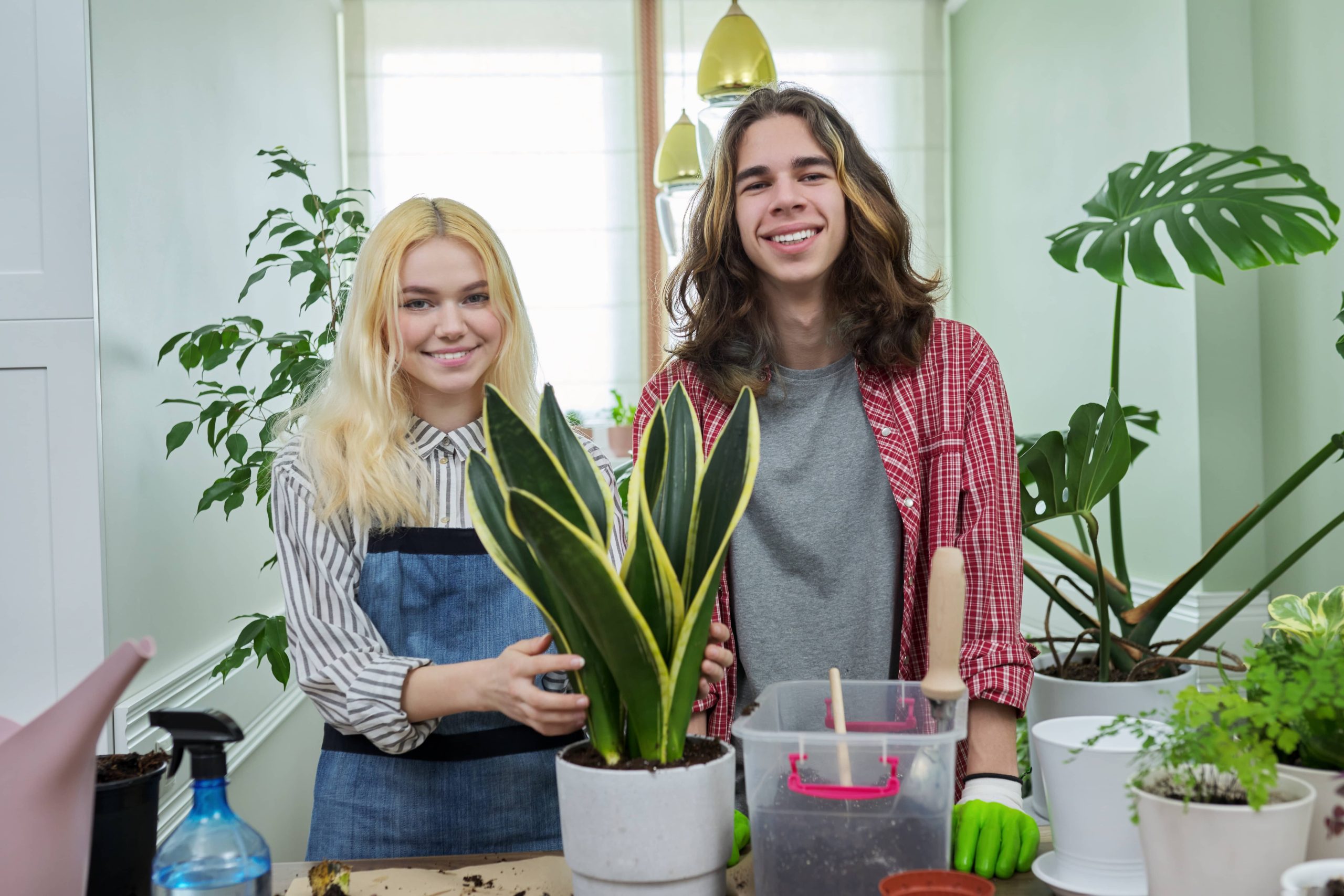
Bonsai artistry, a captivating melding of horticulture and art, intertwines ancient traditions with modern living spaces. The bonsai practice, originating from China and later refined by the Japanese, offers a profound way to bring natural beauty into our homes. Cultivating miniature indoor trees through bonsai artistry is not merely a hobby; it’s a skillful dance of care, artistry, and patience.
Origins and Philosophy
The word “bonsai” originates from the Japanese terms “bon” (meaning tray or pot) and “sai” (meaning tree or plant). However, its practice dates much farther back to the Chinese art of “penjing.” Unlike traditional gardening, bonsai focuses on cultivating trees in containers, training them to maintain a miniaturized appearance. The essence of bonsai is not just to create a smaller tree but to recreate the grandeur of nature in miniature form.
Bonsai encourages practitioners to embrace patience, as each tree evolves slowly. Its principles invite us to appreciate asymmetry, simplicity, and the beauty of age and imperfection. This aligns closely with the Japanese philosophy of wabi-sabi, which finds beauty in the transient and imperfect.
Choosing Your Miniature Tree
One of the joys of bonsai artistry is selecting your tree. Beginners might initially be drawn to popular choices such as the Ficus, Fukien Tea, or Jade due to their resilience. More advanced enthusiasts may explore species like Japanese Maple, Pine, or Birch, which require more specific conditions and care.
The choice often depends on several factors: the tree’s growth patterns, preferred environmental conditions, and the level of intricacy required in maintenance. Tropical and subtropical species do well indoors as they can thrive in the typical houseplant conditions of warmth and indirect sunlight.
Setting the Foundation: Potting and Soil
Once you’ve chosen your tree, the next step is selecting the right pot and soil. The pot should not only complement the aesthetics of the tree but also provide adequate drainage for healthy growth. Bonsai pots are typically shallow, which aids in restricting the growth of the tree and contributes to the development of a thick trunk and beautiful branching.
Using the right soil composition is crucial for healthy bonsai. A recommended mix includes Akadama (a hard-baked, granular clay), pumice, and lava rock. This blend provides excellent drainage and aeration, preventing water-logging while allowing roots to breathe.
Watering: An Art in Itself
Watering bonsai is an art as much as it is a science. Indoor environments can be dry, requiring precise monitoring of soil moisture levels. Many bonsai beginners make the mistake of over or under-watering their mini-trees. The best approach is to water when the topsoil feels slightly dry to the touch, ensuring water penetrates deeply to reach the roots.
Because different trees have varied water needs, understanding these subtleties adds another layer to the cultivation process. Some trees may require misting to increase humidity, especially in the drier months or heated environments.
Pruning and Wiring: Shaping Your Tree
Pruning is essential to shaping a bonsai tree and ensuring its miniaturization. It involves strategically trimming branches and leaves, encouraging the tree to grow in a desirable direction and promoting health by removing dead or diseased wood.
Wiring is another technique used to guide the shape of the tree. By coiling wire around branches, you can gently bend and reposition them. Patience is vital, as wires need to remain for months before they are removed, allowing the tree to retain its new form.
Nurturing Through Seasons: Fertilization and Repotting
Like all plants, bonsai trees require nutrients. The limited soil in bonsai pots means that natural nutrients are usually insufficient. Fertilizers should be part of regular care, using a balanced formula suited to the tree species. Fertilizing should be adjusted through the seasons: a nutrient-rich fertilizer in spring and summer for growth, and a reduced or halted feeding in fall and winter to prep for dormancy.
Repotting typically occurs every couple of years, depending on the growth rate of the tree. It involves trimming the roots and refreshing the soil, which aids in preventing root-bound conditions and encourages new growth.
The Meditative Journey of Bonsai
Engaging in bonsai artistry is akin to embarking on a meditative journey. Every snip of the shears, every twist of the wire, and every meticulous watering cultivates not only the tree but also a sense of tranquility and mindfulness in its caretaker.
The act of caring for a bonsai allows us to pause and connect with nature amidst the hustle and bustle of indoor life. Each tree tells a story, shaped by your hands, and stands as a testament to patience and dedication.
Conclusion: A Living Legacy
Bonsai artistry is more than cultivating miniature indoor trees; it’s about creating living legacies that mirror the majesty of nature on a manageable scale. As you fine-tune your skills, these miniature trees serve as profound reminders of harmony, patience, and beauty, infusing your indoor space with grace and tranquility. Whether you’re just starting your journey or deepening your practice, cultivating bonsai promises a lifetime of learning and tranquility.













